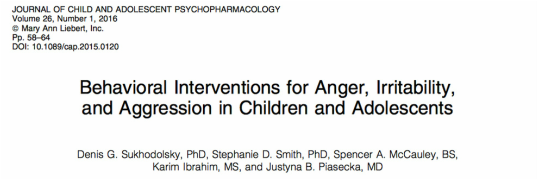1 Comment
|
COPERNICAN CLINICAL SERVICES
At Copernican Clinical Services we feel that KNOWLEDGE IS POWER. Our Posts Section represents our way of passing that Knowledge on to you. Please feel free to to share our posts with your friends, family, and/or other professionals who might find them helpful. Archives
November 2020
Categories
All
|
- Home
- About
- Careers
-
Staff
- David A. Perna, PhD
- Suzanne Brooks, PsyD & NCSP
- Kristen Burke, MA
- Kat Canas, MA
- Molly Curcio, PsyD
- Krystal Gottilla, PsyD
- Jennifer Havard
- Ian Ljutich, MSW, PsyD
- Bret Middlekauf, MA
- Deon Mowatt, PsyD
- Alexa Myta, PsyD
- Jenifer Nesin
- Sam Nesin-Perna, MS
- Sherry Paden, PsyD
- Michal Shapiro, LICSW
- Hail VanAelstyn
- Services
- Groups
- MMT Approach
- Training
- Our Posts
- Payment
- Emergencies
- Contact Us
- Home
- About
- Careers
-
Staff
- David A. Perna, PhD
- Suzanne Brooks, PsyD & NCSP
- Kristen Burke, MA
- Kat Canas, MA
- Molly Curcio, PsyD
- Krystal Gottilla, PsyD
- Jennifer Havard
- Ian Ljutich, MSW, PsyD
- Bret Middlekauf, MA
- Deon Mowatt, PsyD
- Alexa Myta, PsyD
- Jenifer Nesin
- Sam Nesin-Perna, MS
- Sherry Paden, PsyD
- Michal Shapiro, LICSW
- Hail VanAelstyn
- Services
- Groups
- MMT Approach
- Training
- Our Posts
- Payment
- Emergencies
- Contact Us












 RSS Feed
RSS Feed
